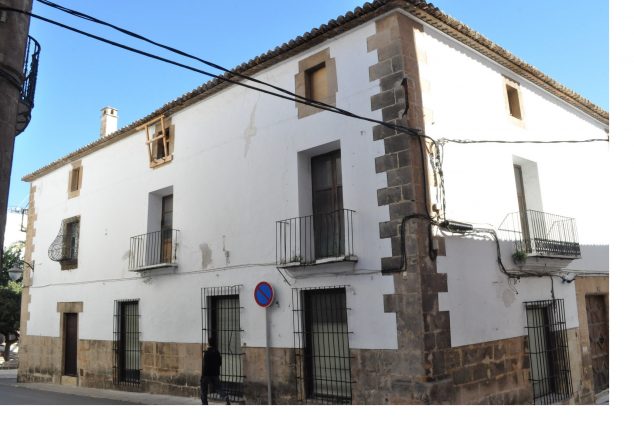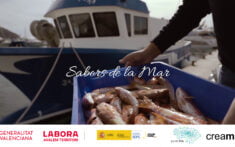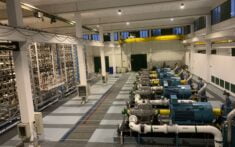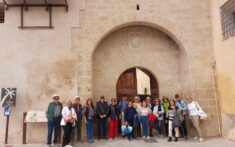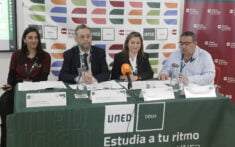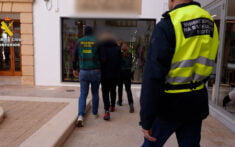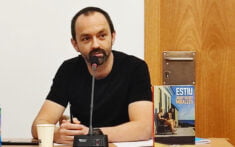The Department of Housing and Bioclimatic Architecture has included the rehabilitation of the Xolbi House (popularly also known as de la Candelaria) from Xàbia in the line of subsidized interventions Urban Actions 2020.
This call from the General Directorate of Quality, Rehabilitation and Energy Efficiency is aimed at developing urban action projects, especially the rehabilitation of buildings of the municipal heritage, both social, cultural and / or historical.
One million euros for comprehensive sanitation
Xàbia presented a valued memory of the work necessary to fully clean up the building, which in some places is in precarious state. The intervention, valued at around one million euros, would serve to clean up the structure and the roof, seal cracks and repair the water or sanitation networks. Once the structural security of the property is guaranteed, Javea Town Hall would propose its reconversion into a cultural space.
The regional line of grants for Urban Actions is organized in two phases. The first this same year and implies that the Ministry will be in charge of drafting the project for the execution of the work. The second step is their commitment to budget their execution from 2021. In the case -like this reform- that the work exceeds 500.000 euros, co-financing is proposed between the City Council and the Autonomous Administration.
The Gothic palatial known as the Casa de los Xolbi is located at the crossroads between Roques, Loreto and Escola streets, within the space formerly delimited by the walls and a few meters from where Portal del Mar was. The building is a large house with 34 rooms of various sizes and functions, spread over four floors, and it is one of the oldest and most interesting buildings in the town. The transformations and adaptations it has undergone between the XNUMXth and XNUMXth centuries have not substantially modified its external appearance.
The City Council acquired it in 2005 and for a few years it housed the municipal Registry and Register offices until the deterioration –especially of the roofs- forced to leave the house empty and prop up the building. In parallel, the Soler Blasco Museum conducted tastings and surveys to document the long life of the house.
One of the most interesting aspects of the building is the set of popular-looking graphites that appeared on the medieval renderings of the house, the vast majority made in charcoal and other incisions with a fine metallic tip, and with various motifs: boats, human figures, geometric signs, bead and writing marks.

